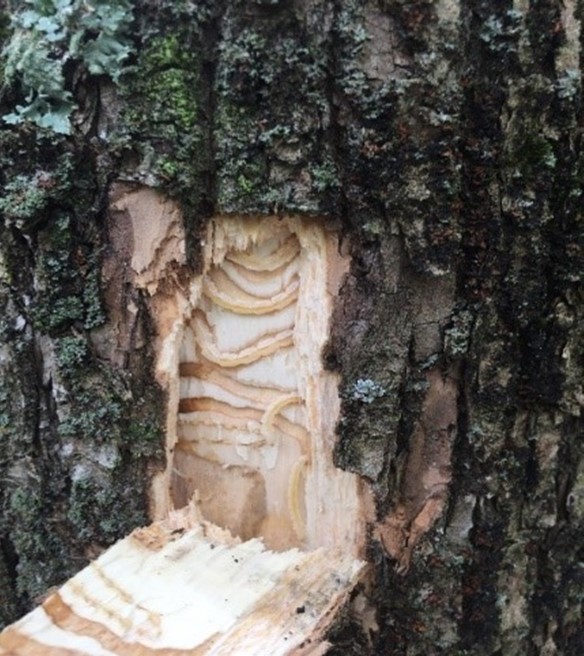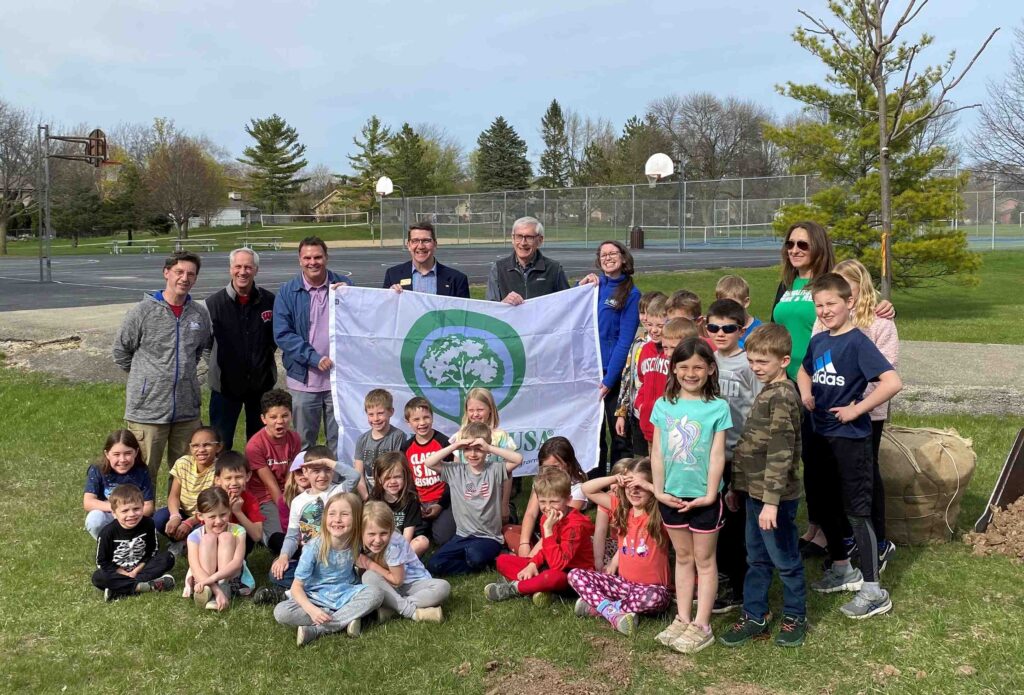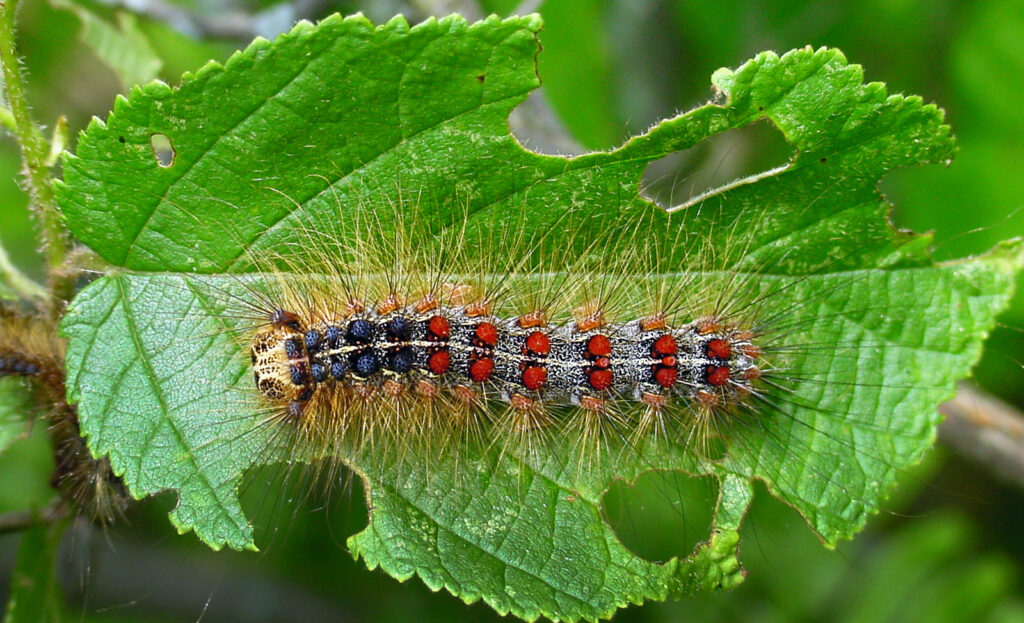The Wisconsin Department of Natural Resources’ (DNR) Bureau of Applied Forestry is hiring a dual Limited Term Employee (LTE) Forestry Specialist and Forestry Outreach Specialist. Workstation assignment will be based on the appointee’s preference, pending supervisor approval and available space. There is potential for these positions to telecommute for a portion of the work week. Hybrid remote scheduling is subject to supervisor approval.
This dual LTE appointment is comprised of two 20-hour positions for an expected work schedule of 40 hours per week. The intention is to hire one candidate to fill both positions.
More information including position descriptions, salary information, job details, qualifications and how to apply is available online at wisc.jobs. Search for job ID 11427.
Applications must be received by 11:59 p.m. CT on Aug. 28, 2023 in order to be considered.

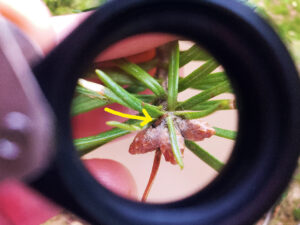
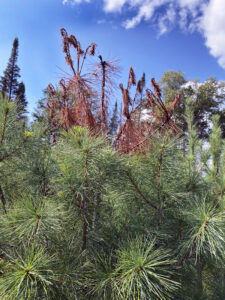
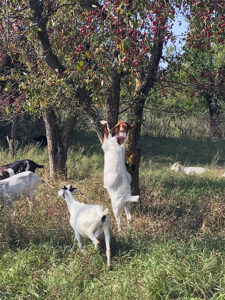
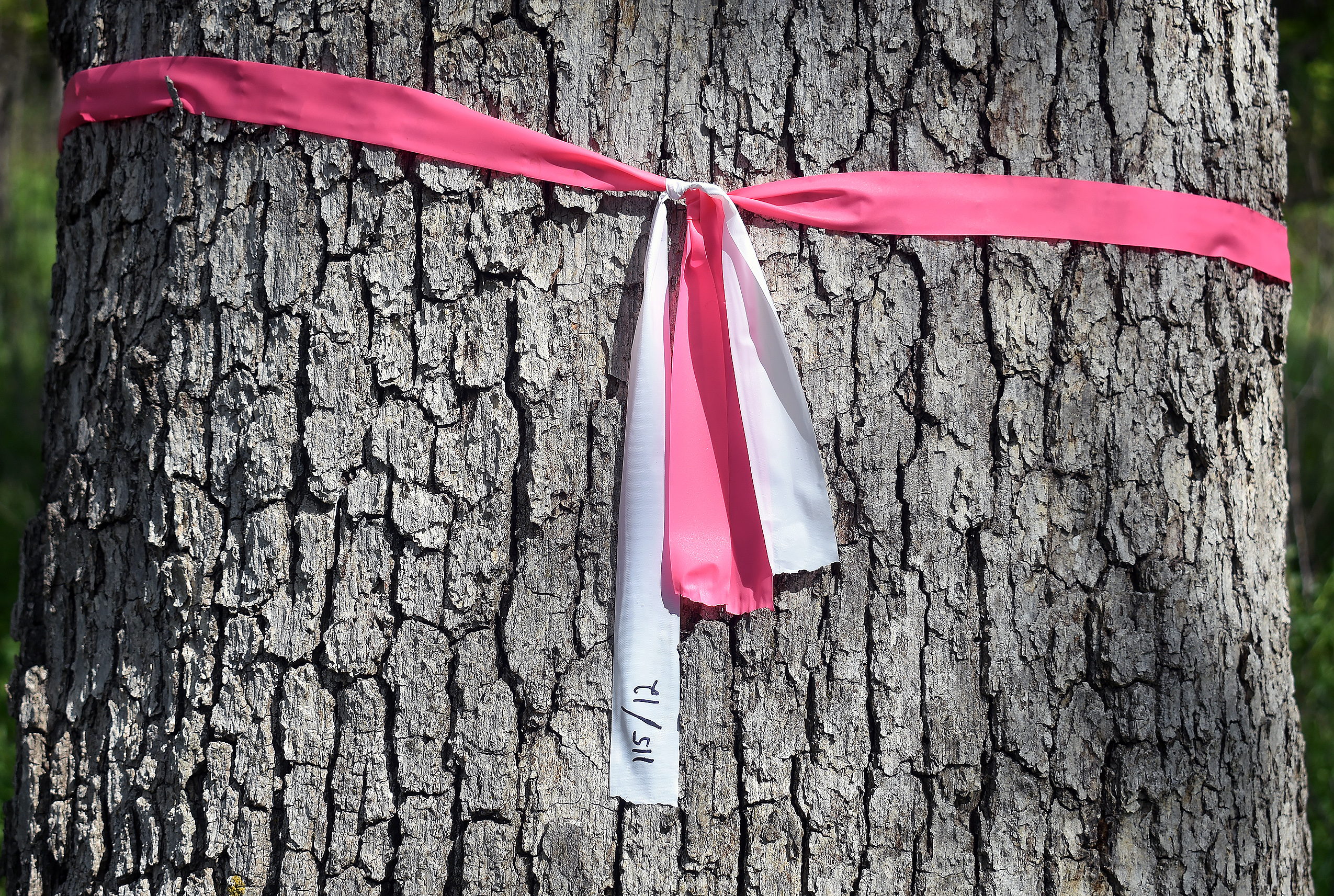
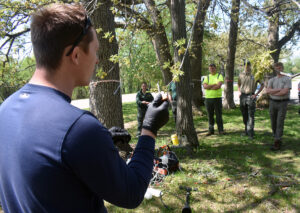
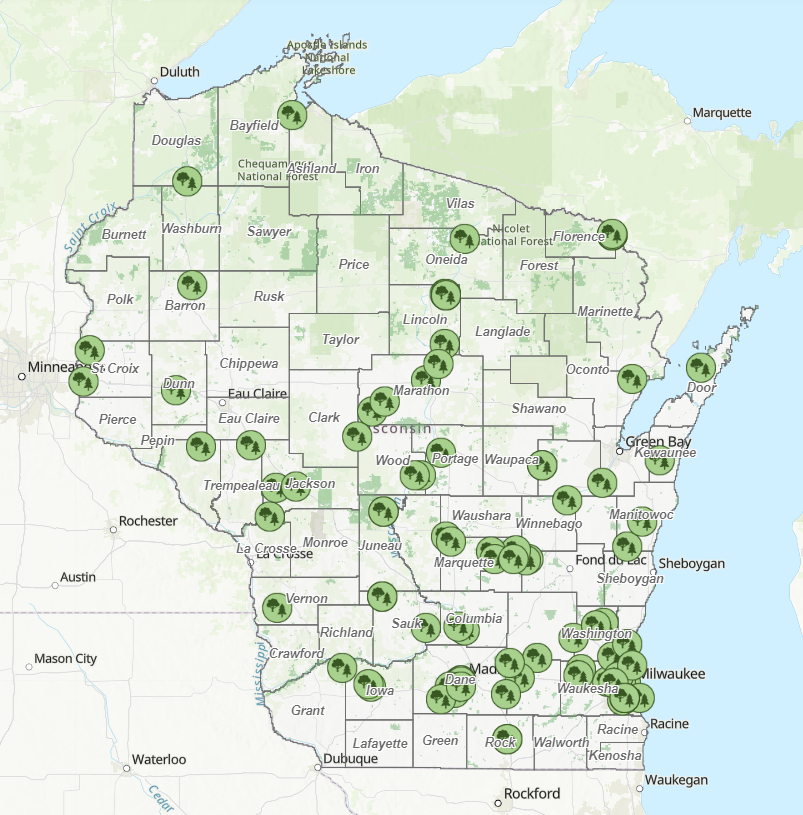 As there is every glorious spring, there has been a flurry of tree planting in Wisconsin. Each little tree, from seed to sapling, is a hope and prayer that we make for the future. But as each reader knows, that future might be many years away.
As there is every glorious spring, there has been a flurry of tree planting in Wisconsin. Each little tree, from seed to sapling, is a hope and prayer that we make for the future. But as each reader knows, that future might be many years away.